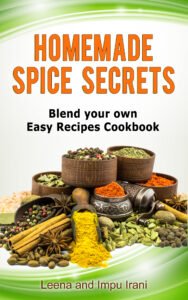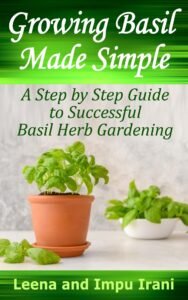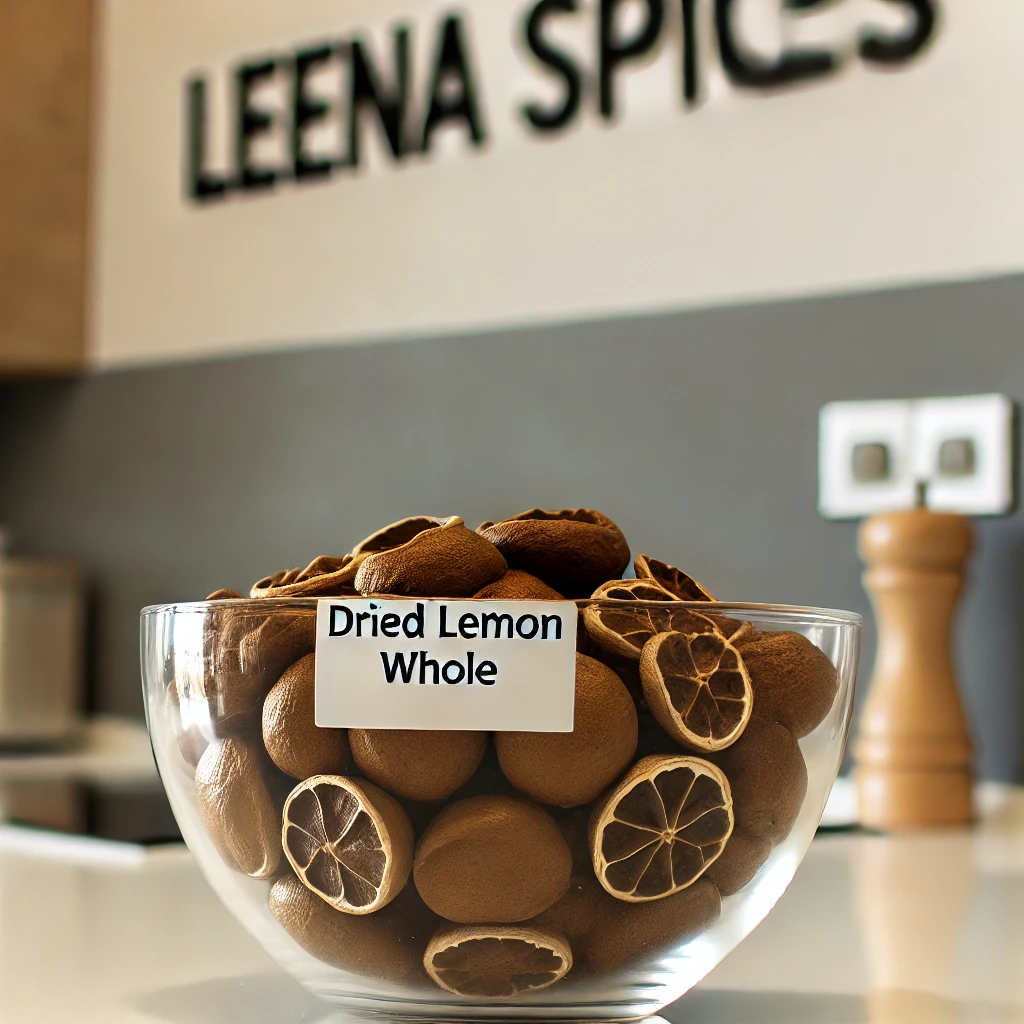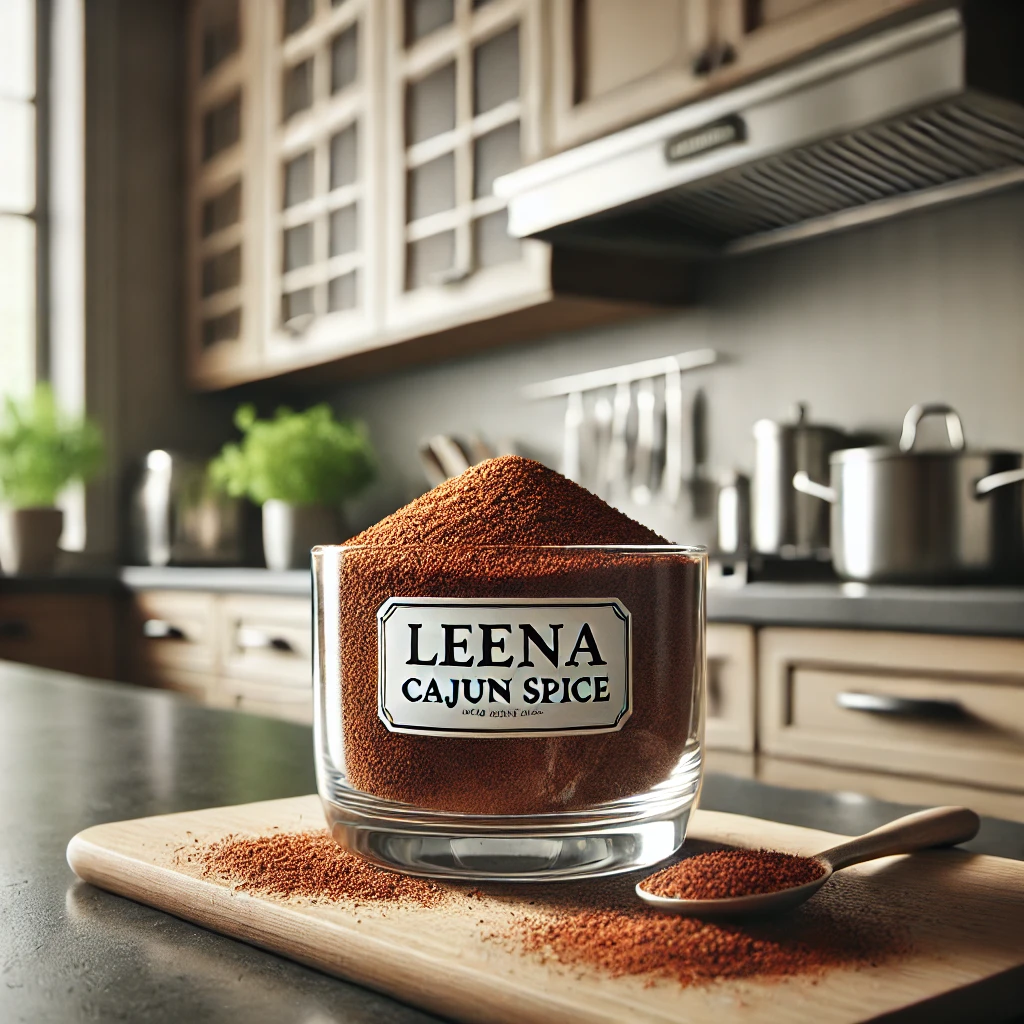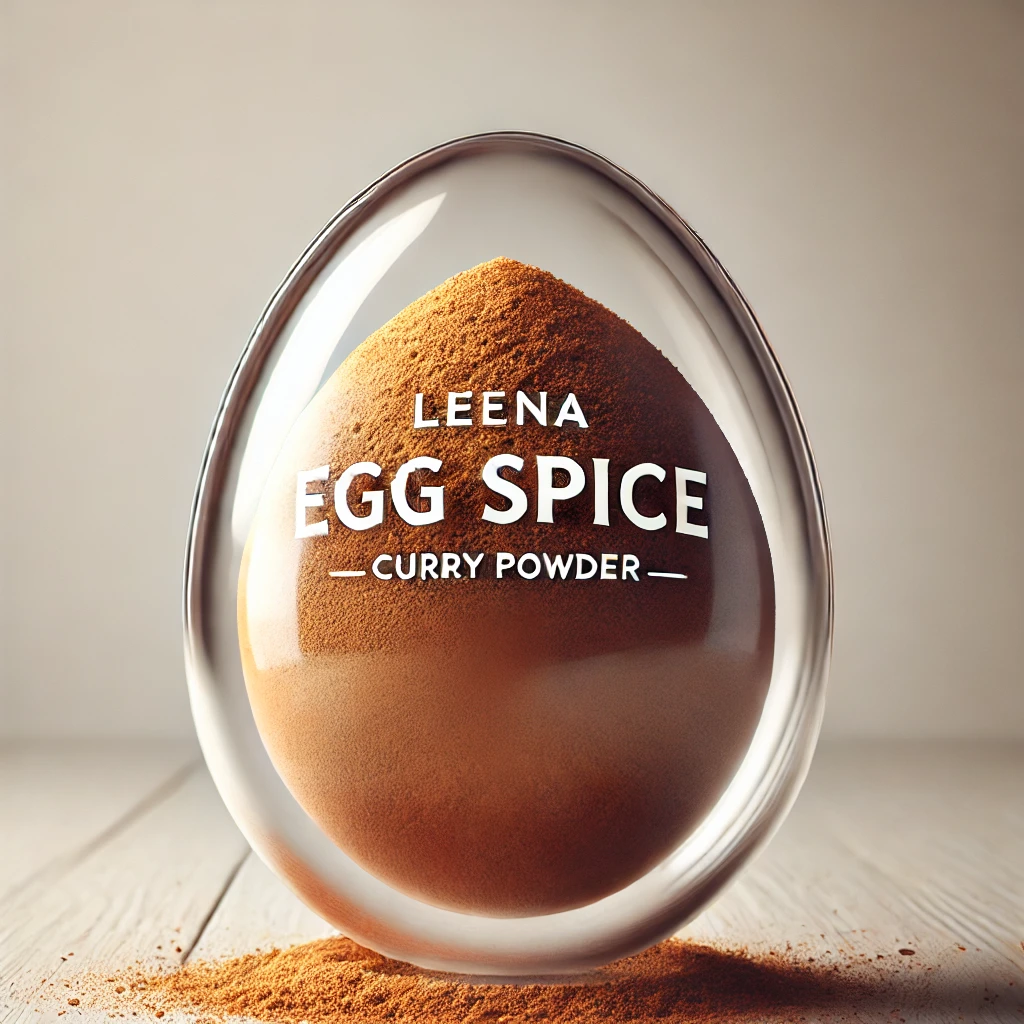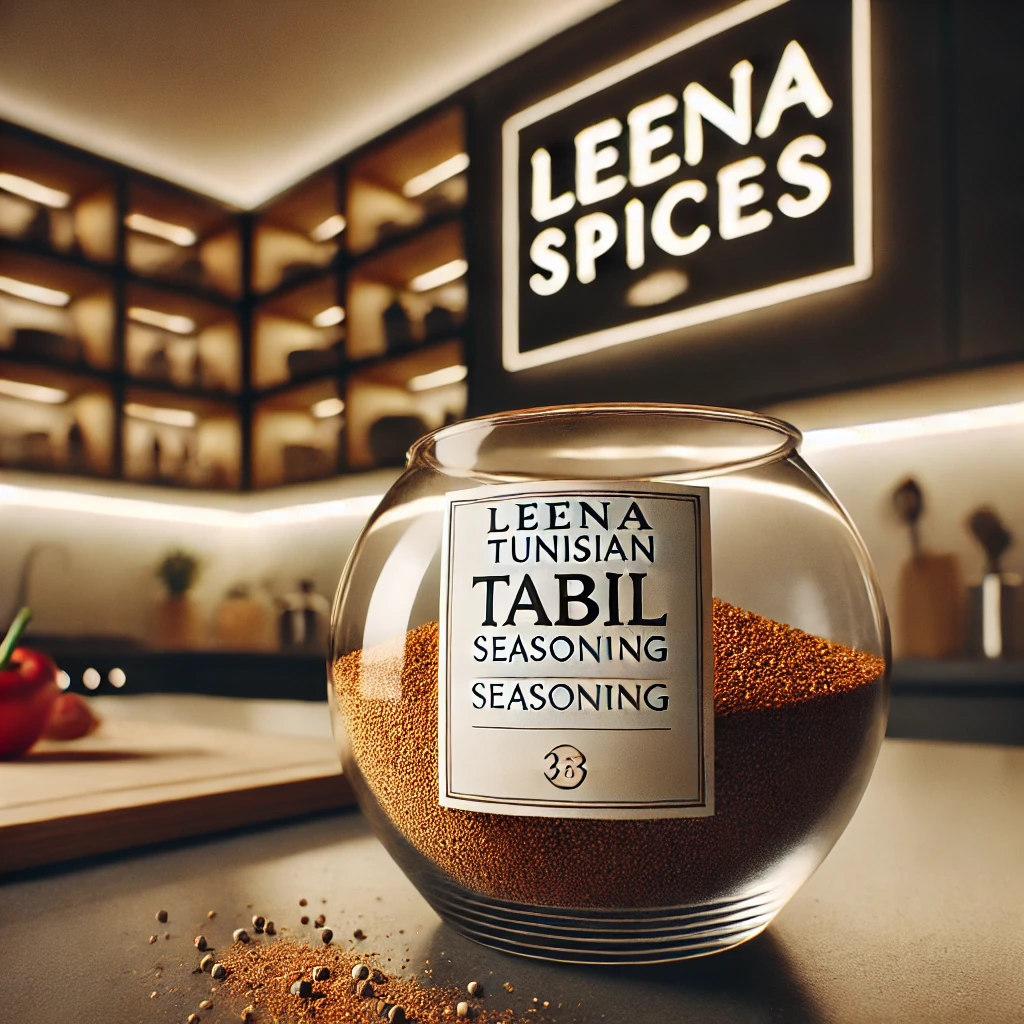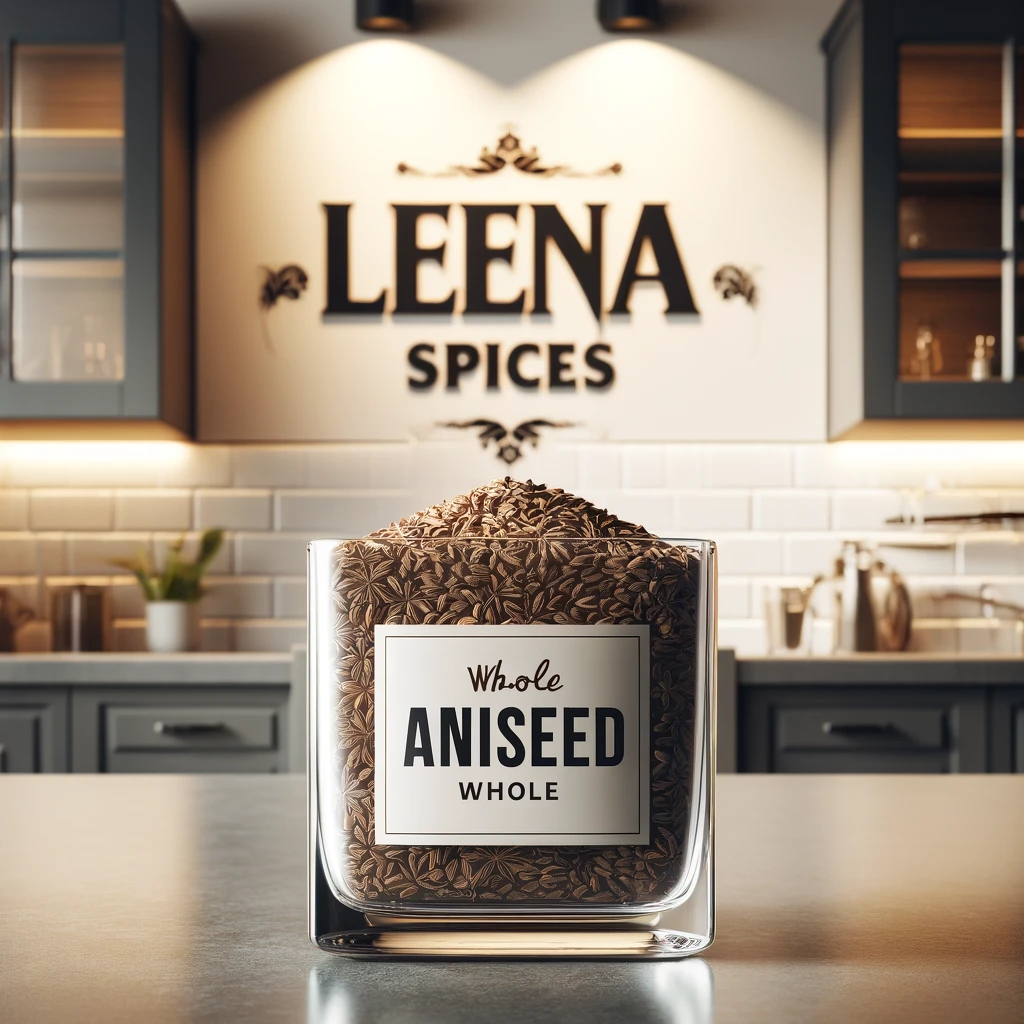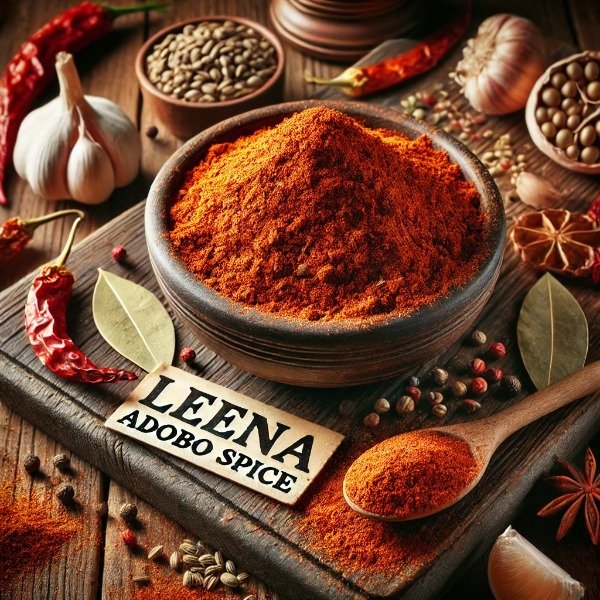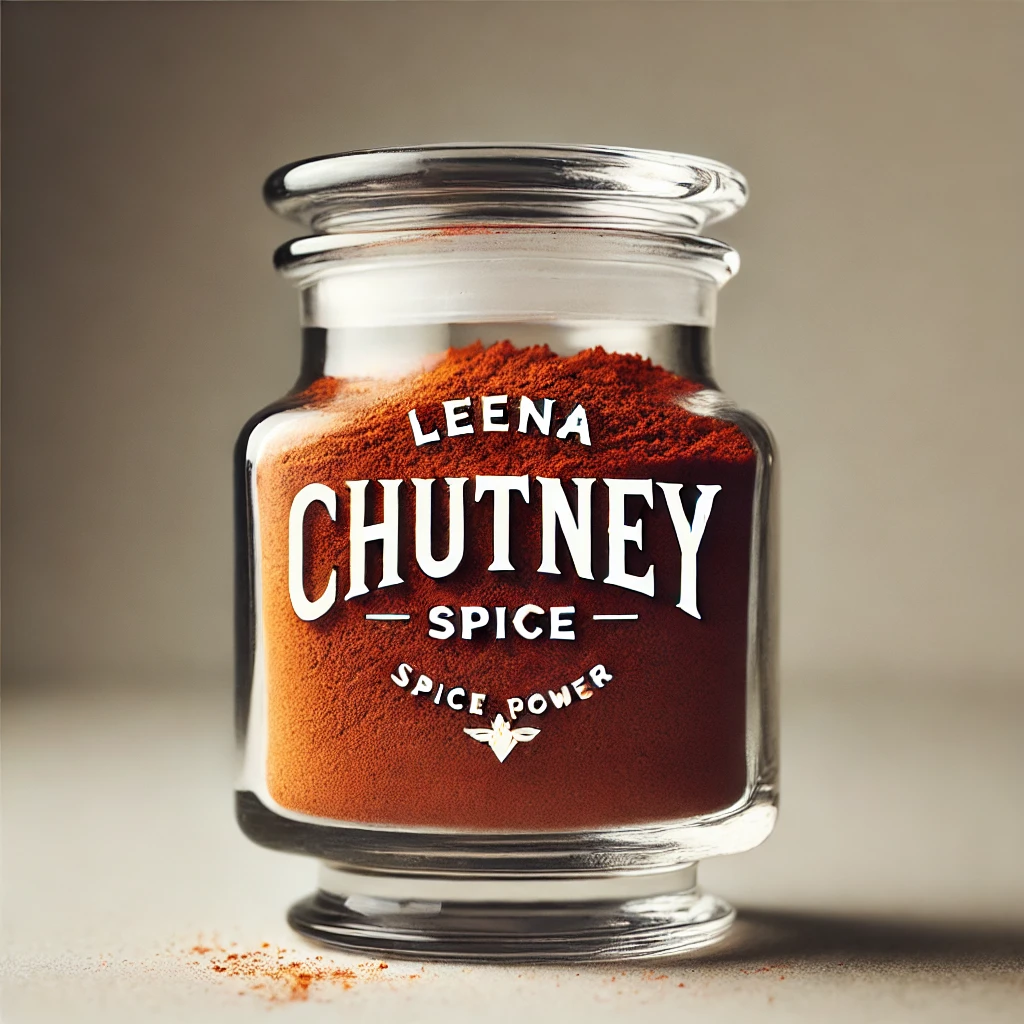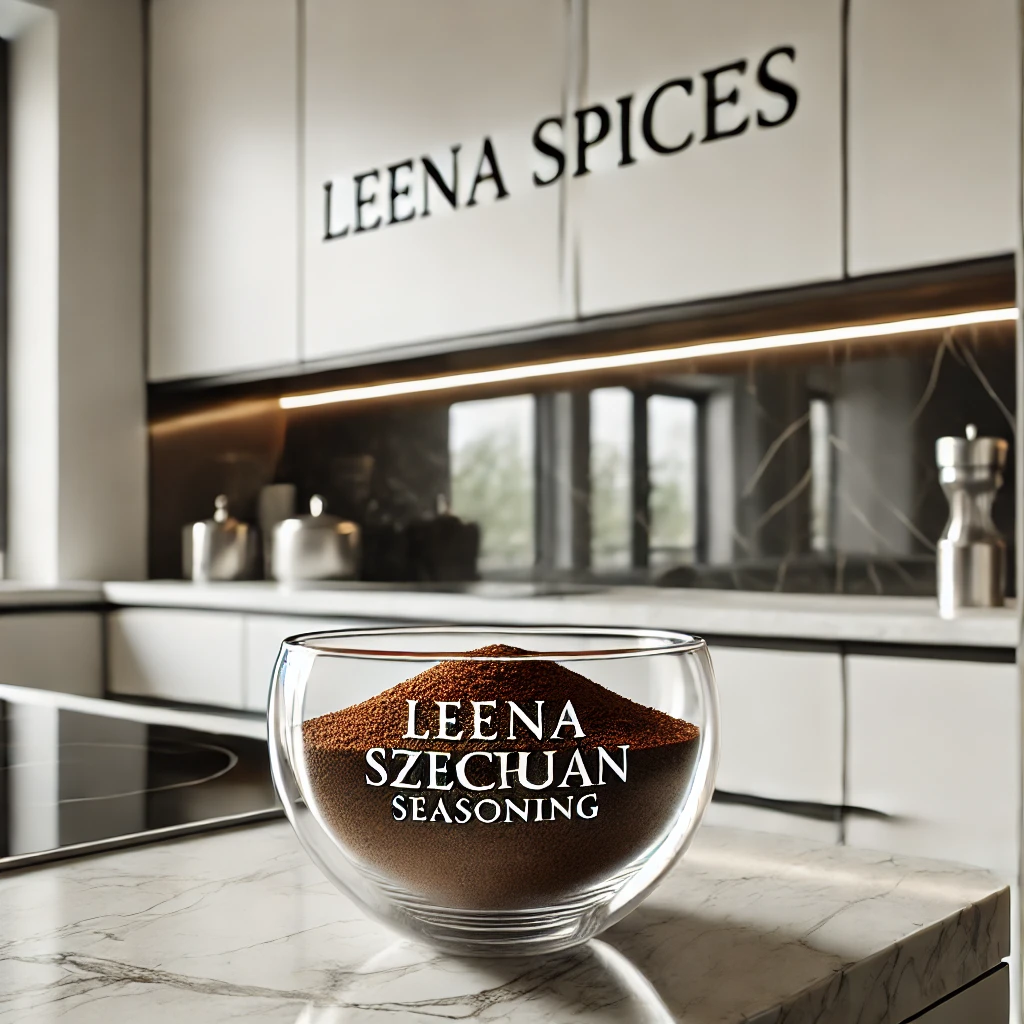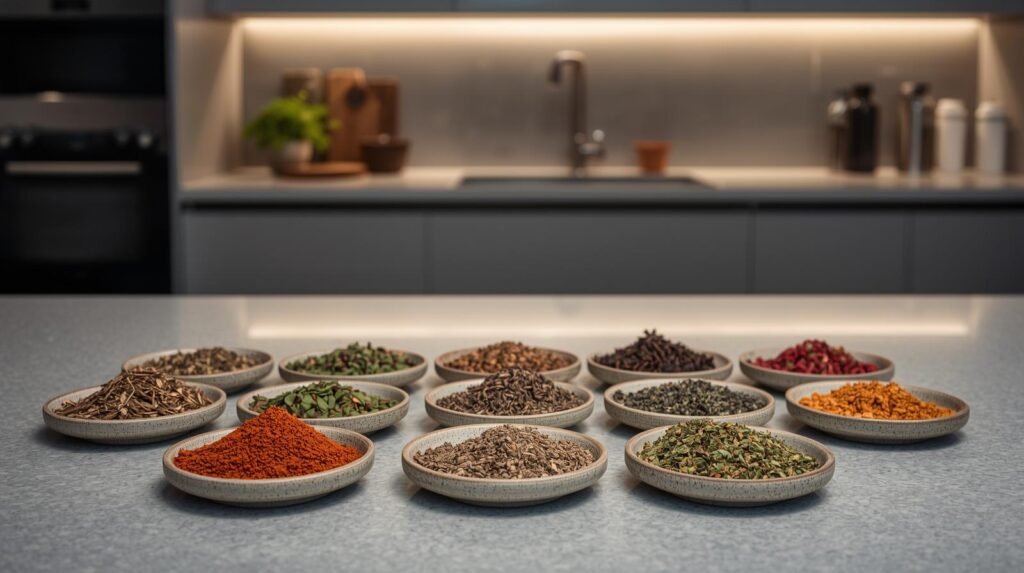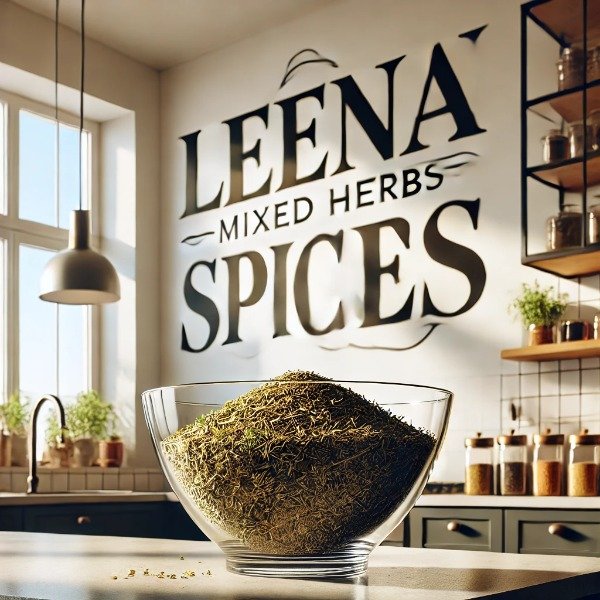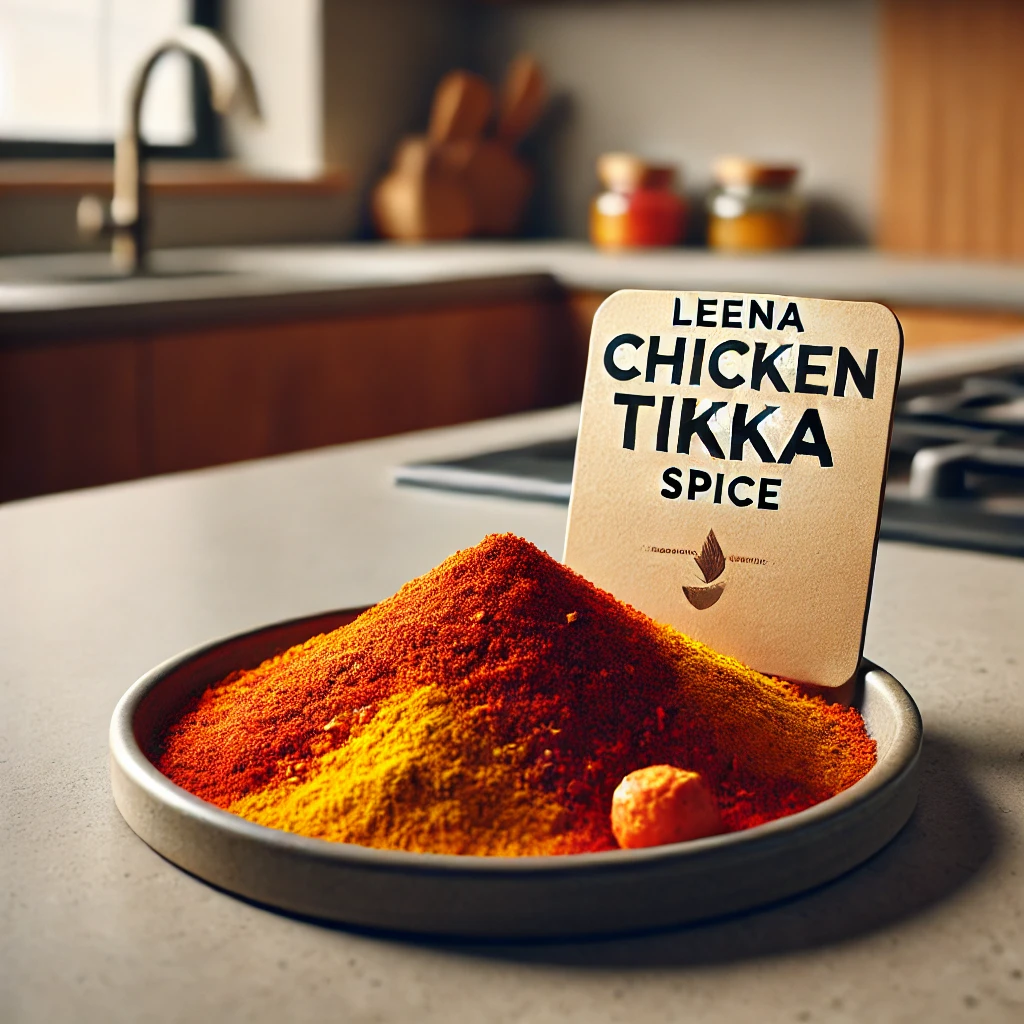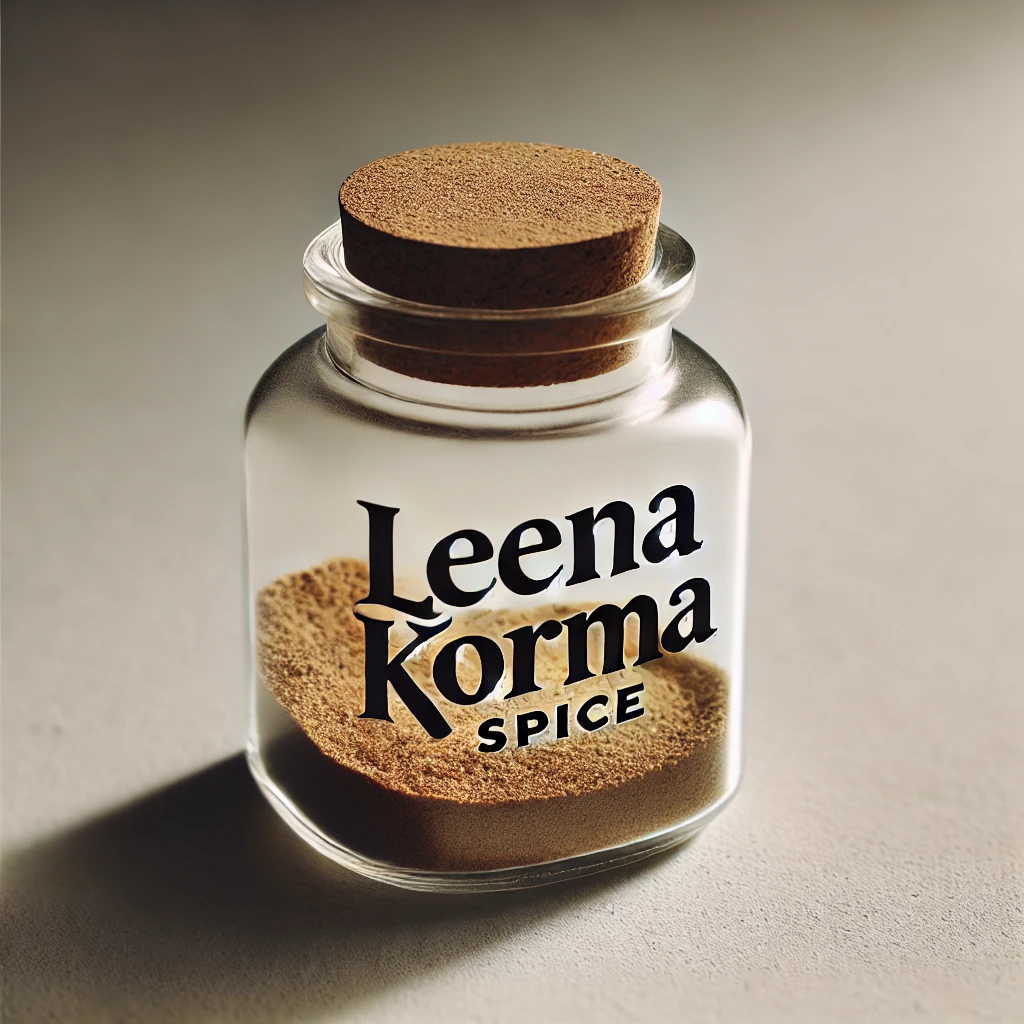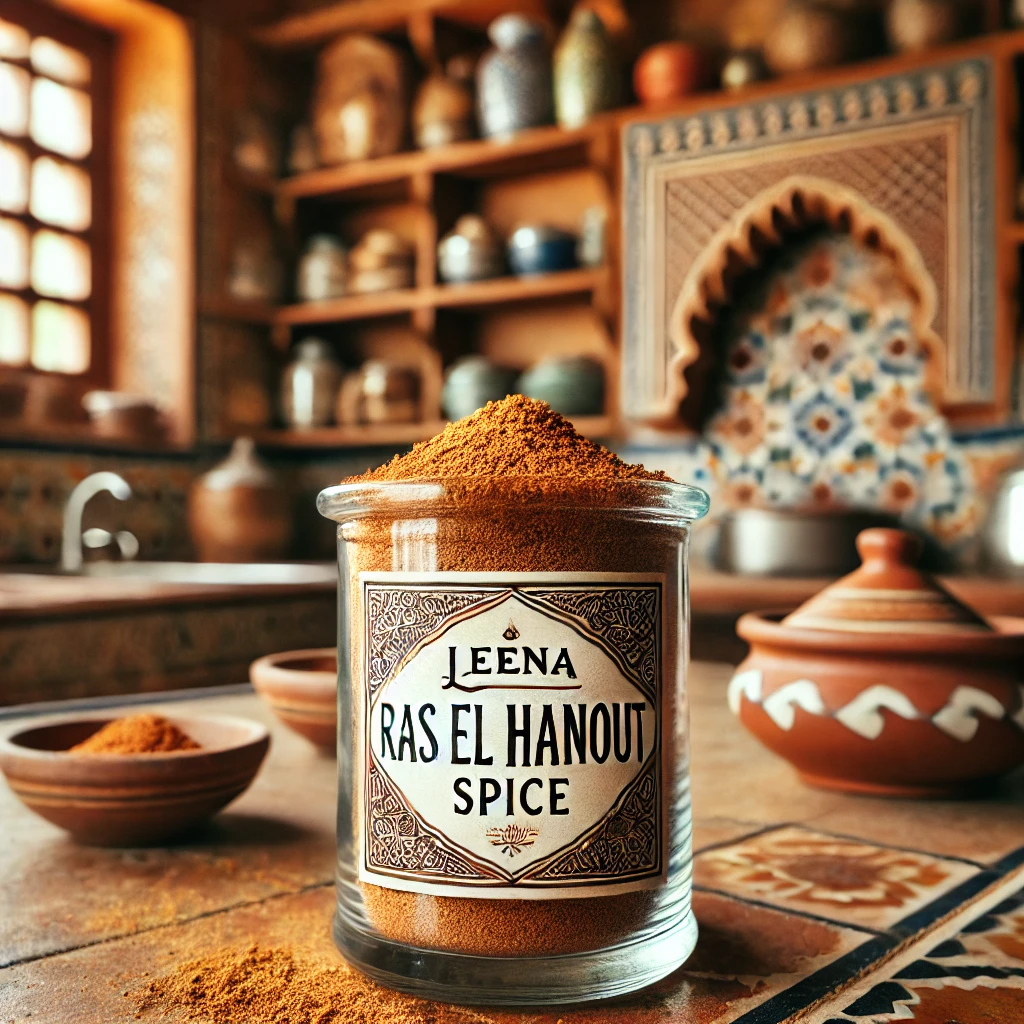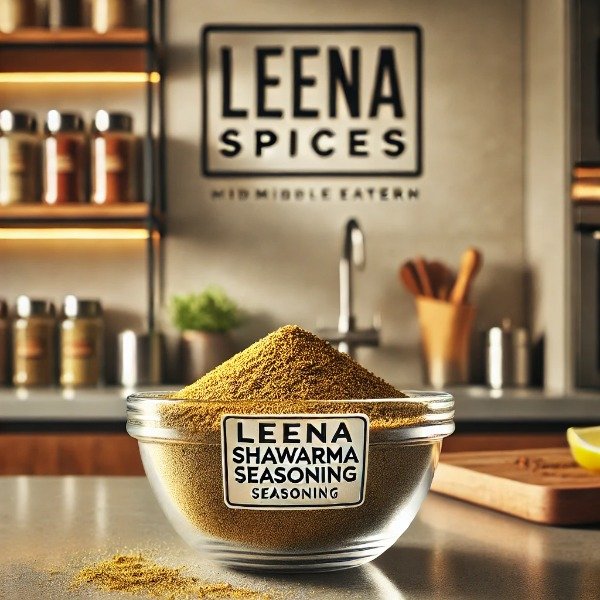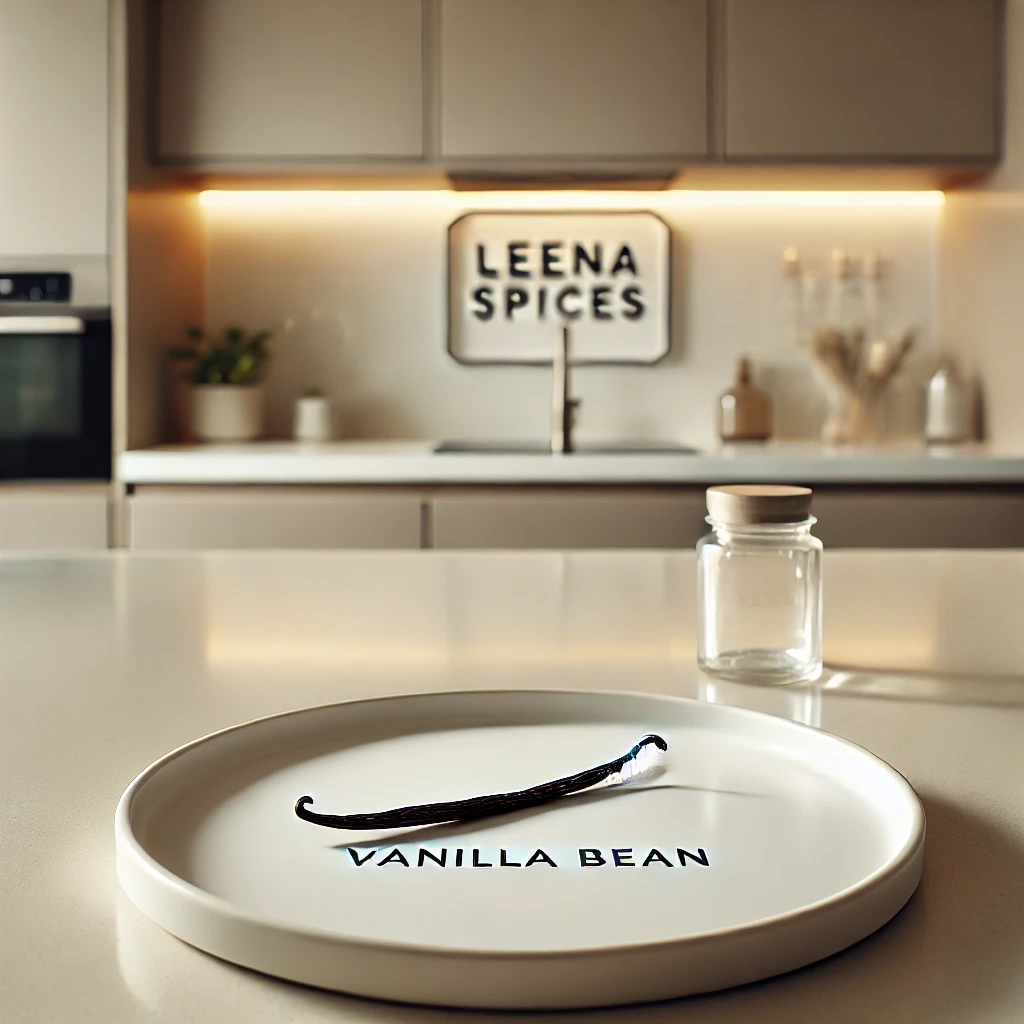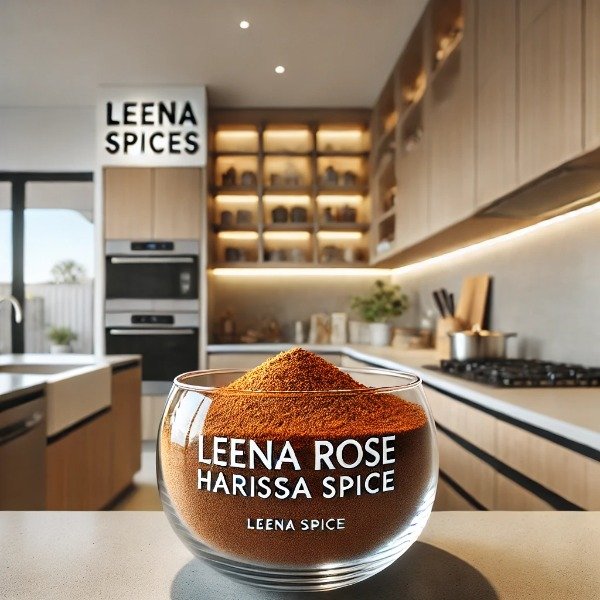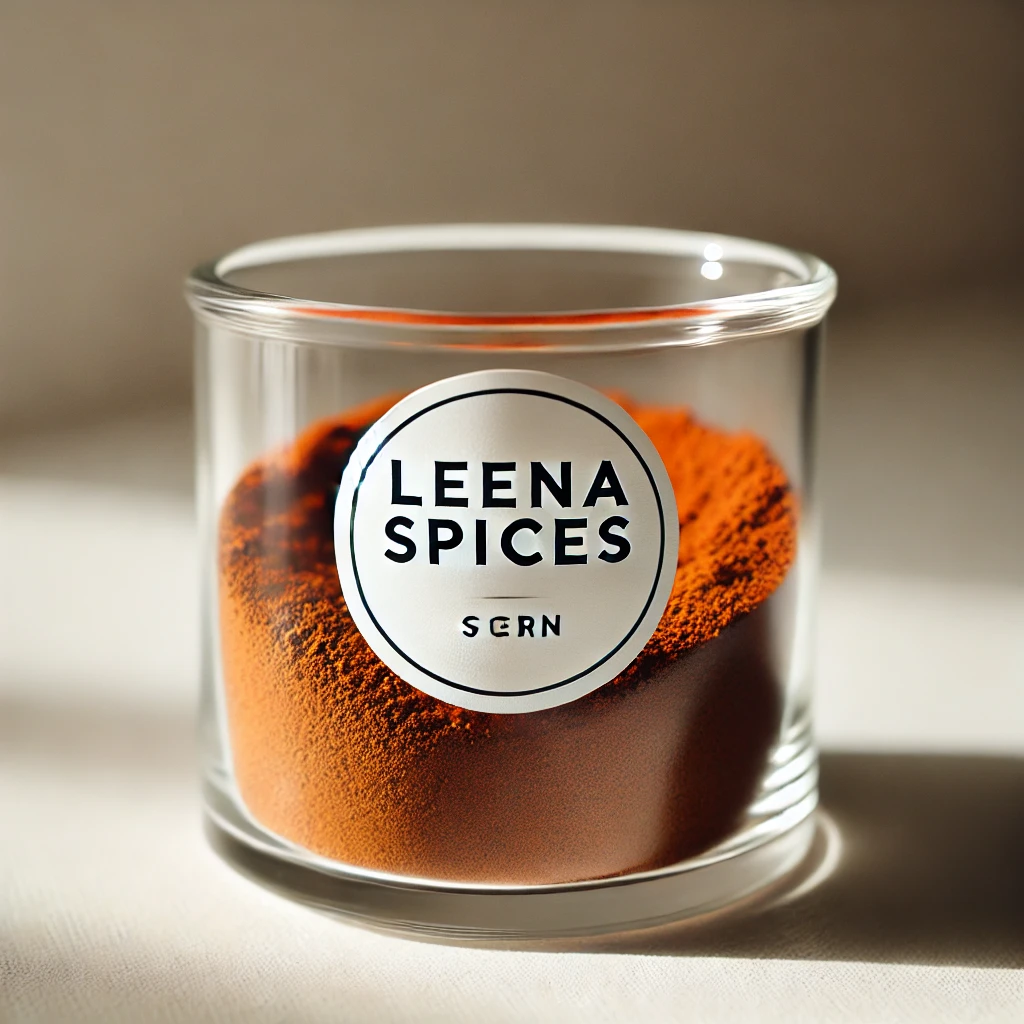What is the Difference Between an Herb And a Spice?
Table of Contents
- Introduction
- What Are Herbs?
- Key Characteristics of Herbs
- What Are Spices?
- Key Characteristics of Spices
- Fun Facts
- How to Use Herbs and Spices in Your Kitchen
- Storage Tips
- Why It Matters for Your Cooking
- FAQ Section
- Conclusion
Introduction
Herbs and spices are the heart and soul of flavorful cooking, transforming simple ingredients into memorable dishes. While both enhance taste and aroma, they come from different parts of plants and play distinct roles in the kitchen. Understanding the difference between herbs and spices not just what they are, but how and when to use them can elevate your cooking from ordinary to extraordinary.
From the delicate freshness of basil leaves to the bold intensity of cumin seeds, knowing how to combine, time, and store these natural flavorings allows you to unlock layers of taste, aroma, and even visual appeal in every dish.
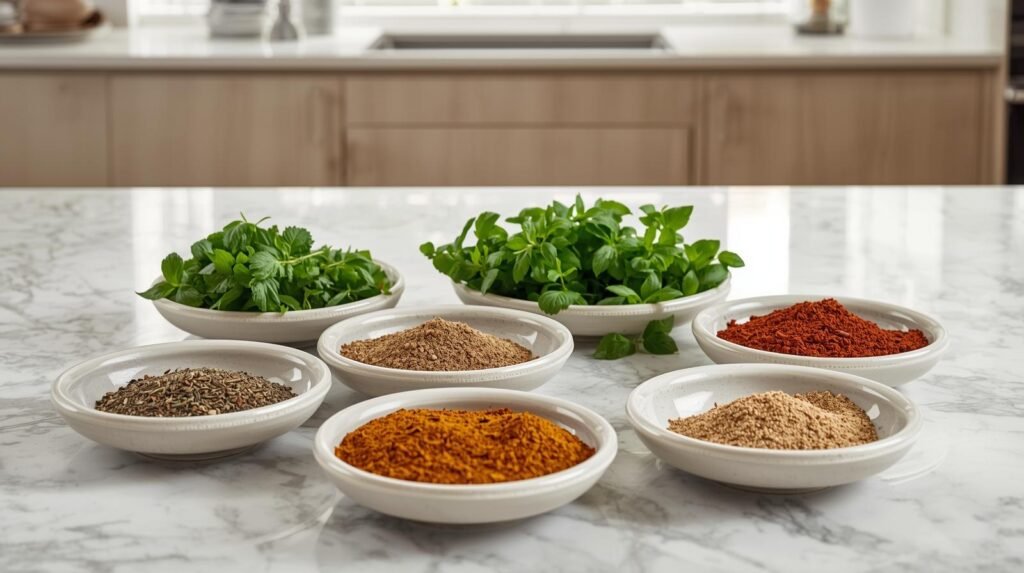
What is the difference between an herb and a spice?
Herbs come from the leaves or tender stems of plants and offer a fresh, delicate flavor, often added toward the end of cooking. Spices are derived from seeds, roots, bark, berries, or flower parts, are usually dried, and provide a stronger, more concentrated flavor, often added earlier in cooking.
What Are Herbs?
Herbs are the green, leafy parts of certain plants that are valued for their ability to enhance food with flavor, aroma, and sometimes even visual appeal. They are usually derived from non-woody plants, often referred to as herbaceous plants. While the leaves are most commonly used, tender stems may also be included in cooking.
Think of herbs as the plant’s “fresh element” in the kitchen. Chopped raw into a salad, sprinkled over a finished dish, or dried and stored for later use. Examples include basil leaves in a caprese salad, mint in a cooling drink, or parsley as a garnish over pasta.
Because herbs come from the leaf portions, they tend to impart a delicate, bright, and aromatic character. Unlike spices, which are usually stronger and more intense, herbs often provide freshness and subtlety. They can be used both fresh to give a vibrant, garden-like quality or dried, offering a more concentrated version of their flavor.
Key Characteristics of Herbs
- Plant Part Used: Primarily derived from the leaves, and occasionally the tender stems, of herbaceous (non-woody) plants.
- Freshness: Frequently used fresh, where they provide bright, lively, and aromatic flavors.
- Drying: Can also be dried for storage; however, drying often softens or changes their flavor profile.
- Flavor Profile: Generally deliver a milder and fresher taste compared to the more concentrated intensity of spices.
- Growing Conditions: Most herbs thrive in temperate climates, making them widely available for both culinary and home garden use.
- Culinary Usage: Herbs are typically used fresh or dried and are often added toward the end of cooking to preserve their delicate flavors and aromas.
Examples of Common Herbs
- Basil – Known for its tender, aromatic leaves, basil is a staple in Mediterranean cooking. It shines in dishes like pesto, salads, and tomato-based sauces.
- Mint – Fresh and cooling, mint leaves are used in beverages, chutneys, desserts, and savory dishes across many cuisines.
- Rosemary – Recognizable by its needle-like leaves, rosemary is a robust perennial herb often paired with roasted meats, potatoes, and breads.
- Oregano – With small but powerfully flavored leaves, oregano is a cornerstone of Italian and Greek cooking, enhancing pizzas, pasta sauces, and grilled vegetables.
- Cilantro (Coriander Leaves) – Both the leaves and tender stems of Coriandrum sativum are widely used in Latin American, Middle Eastern, and Asian dishes. (Interesting fact: the seeds of the same plant are dried and used as the spice known as coriander!)
Herbs are typically added near the end of the cooking process to preserve their delicate flavors and aromas. By using the plant’s leafy parts (photosynthesis factory) you capture the essence of freshness and natural fragrance in your dishes.
What Are Spices?
Spices come from parts of plants other than the leaves, such as seeds, roots, bark, berries, flower buds, or even stigmas. Unlike herbs, they are almost always dried before use and may be sold whole or ground into powders. Some, like cinnamon sticks or whole cloves, are commonly used in their intact form, while others, like cumin or turmeric, are ground to release their full flavor.
Because spices are derived from concentrated parts of plants, they are generally more potent, robust, and intense than herbs. They bring depth, warmth, and complexity to food, often forming the backbone of seasoning in global cuisines.
Examples of Spices by Plant Part
- Seeds: Cumin, mustard seeds, poppy seeds
- Fruits or Berries: Black peppercorns, star anise
- Barks: Cinnamon
- Roots and Rhizomes: Ginger, turmeric
- Stigmas or Buds: Saffron (stigmas of the crocus flower), cloves (flower buds)
Spices are typically added earlier in the cooking process, giving them time to release their oils and infuse a dish with their bold flavors. This is why spices often serve as the foundation of flavor, while herbs are used later to add freshness and lift.
Key Characteristics of Spices
- Plant Part Used: Derived from seeds, roots, bark, berries, or flower buds rather than the leafy parts of plants.
- Drying: Typically dried to preserve and concentrate their flavors, often sold whole or ground.
- Flavor Profile: Generally stronger, more pungent, and intense compared to herbs, providing depth and complexity to dishes.
- Growing Conditions: Many spices thrive in tropical or subtropical climates, which are ideal for their cultivation.
- Cooking Durability: Able to withstand long cooking times, making them perfect for slow-cooked stews, curries, and braises where flavors need to fully develop.
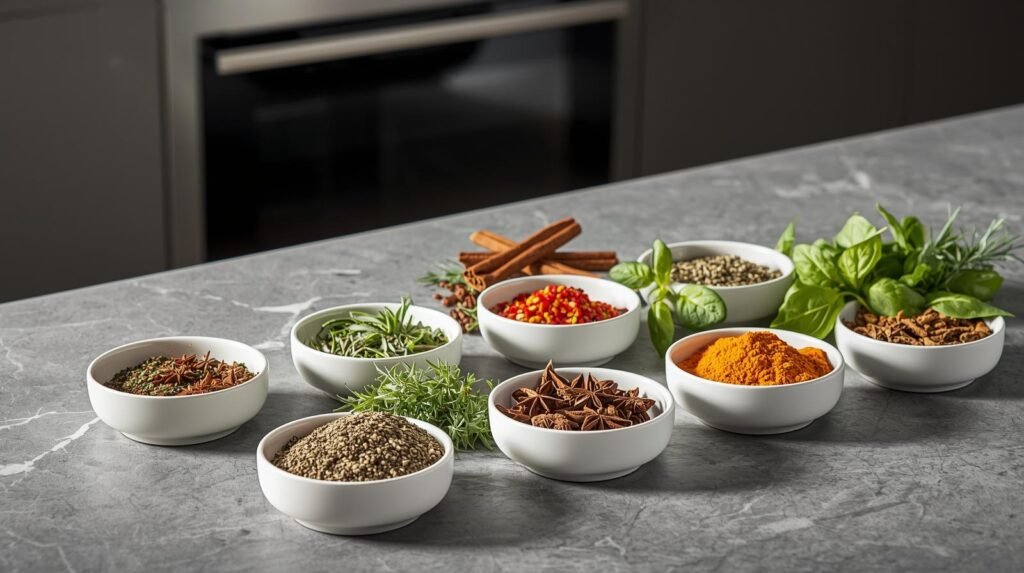
Fun Fact:
Certain plants provide both an herb and a spice.
Coriander – Leaves are used as the fresh herb known as cilantro, while the seeds are dried and used as the aromatic spice coriander.
Saffron – Known as one of the world’s most expensive spices, saffron is harvested from the stigmas of the crocus flower, prized for its vibrant color, delicate aroma, and unique flavor.
Mint – This versatile herb not only adds freshness to dishes but also doubles as a garnish and flavoring in beverages, such as the classic refreshing mojito.
This dual use showcases how different parts of a single plant can contribute distinct flavors in cooking.
Why Understanding Herbs and Spices Matters for Your Cooking
Knowing the difference between herbs and spices can dramatically improve how you flavor your dishes.
- Flavor Timing: Herbs such as cilantro or basil are delicate and can lose their brightness if cooked for too long, so they are best added toward the end of cooking. Spices like cumin or coriander seeds, on the other hand, benefit from toasting or early cooking, which helps release their essential oils and develop deeper, richer flavors.
- Balancing Dishes: Thoughtful combinations of herbs and spices can elevate any dish. For instance, the earthy warmth of ground cumin paired with the fresh brightness of cilantro creates a perfectly balanced taco seasoning. Understanding these roles allows you to craft layers of flavor rather than relying on a single dominant taste.
Visual Table
Feature | Herbs 🌿 | Spices 🌶️ |
Plant Part Used | Leaves, tender stems | Seeds, roots, bark, buds, fruits |
Examples | Basil, mint, parsley, thyme, cilantro (leaves) | Cinnamon (bark), cumin (seeds), cloves (buds), turmeric (root), ginger (rhizome) |
Flavor Profile | Fresh, light, aromatic | Strong, concentrated, pungent |
Form | Fresh or dried | Mostly dried, whole or ground |
Cooking Usage | Added near the end to preserve delicate flavor | Added early to release deep, robust taste |
Storage Life | Short (especially fresh herbs) | Long (dried spices keep flavor longer) |
Fun Fact | Cilantro/coriander leaves = herb | Coriander seeds = spice (same plant!) |
How to Apply Herbs and Spices in Your Kitchen
- Italian: Pair oregano (herb) with garlic powder (spice) to create a rich, aromatic base for marinara sauce or pasta dishes.
- Indian: Combine fresh cilantro (herb) with ground turmeric and cumin (spices) to add depth and vibrant flavor to curries and lentil dishes.
- Mediterranean: Use rosemary (herb) alongside smoked paprika (spice) to season roasted vegetables, giving them both earthy aroma and warm, smoky notes.
Understanding which herbs and spices complement each other allows you to layer flavors thoughtfully, making your dishes more complex, balanced, and memorable.
Storage Tips
- Fresh Herbs: To preserve freshness and flavor, store fresh herbs in the refrigerator, ideally wrapped in a damp paper towel or placed in a jar with a small amount of water, similar to a bouquet.
- Dried Spices: Keep dried spices in airtight containers in a cool, dark location away from heat, light, and moisture. Proper storage helps maintain their potency, aroma, and shelf life for months or even years.
Frequently Asked Questions (FAQs)
What is the main difference between herbs and spices?
Herbs come from the leafy, green parts of plants and offer a fresh, delicate flavor, while spices are derived from seeds, roots, bark, berries, or flower parts and tend to have stronger, more concentrated flavors.
Can a plant provide both an herb and a spice?
Yes! A classic example is coriander: the leaves are used as the herb cilantro, while the seeds are dried and used as the spice coriander.
When should I add herbs versus spices during cooking?
Herbs are delicate and are usually added at the end of cooking to preserve their freshness. Spices are more robust and are often added earlier, allowing their oils and aromas to fully infuse the dish.
How should I store herbs and spices to keep them fresh?
Fresh herbs do best in the fridge, wrapped in a damp paper towel or placed in a jar with water. Dried spices should be stored in airtight containers in a cool, dark place to maintain their potency.
Are herbs and spices just for flavor, or do they have health benefits too?
Many herbs and spices contain bioactive compounds with potential health benefits. For instance, turmeric has anti-inflammatory properties, ginger may aid digestion, and oregano contains antioxidants.
Can I substitute dried herbs for fresh ones in recipes?
Yes, but the flavors differ. A general rule of thumb is 1 tablespoon of fresh herbs ≈ 1 teaspoon of dried herbs. Adjust to taste to maintain the desired flavor intensity.
Which herbs and spices are essential for a basic kitchen pantry?
Common essentials include basil, parsley, rosemary, thyme, oregano for herbs, and cumin, coriander, cinnamon, black pepper, turmeric for spices. These basics cover a wide range of global cuisines.
How can I combine herbs and spices effectively?
Pair complementary flavors: for example, cumin (spice) + cilantro (herb) for Indian dishes, or rosemary (herb) + smoked paprika (spice) for Mediterranean roasted vegetables. Layering herbs and spices thoughtfully enhances depth and balance in your dishes.
Are spices more potent than herbs because of drying?
Partially. Spices come from plant parts that naturally contain higher concentrations of essential oils, making them more potent than the leafy parts used for herbs. Drying helps preserve and sometimes concentrate their flavor even further.
Can using herbs and spices reduce my need for salt or sugar?
Absolutely! Their natural flavors and aromas can enhance taste without extra salt or sugar, allowing for healthier cooking while keeping dishes vibrant and flavorful.
Conclusion
Understanding the difference between herbs and spices is more than just culinary knowledge. It is a tool for creating balanced, flavorful, and aromatic dishes. Herbs bring freshness and subtlety, while spices add depth and intensity. By learning how to use them thoughtfully, store them properly, and pair them effectively, you can elevate everyday meals and explore the rich diversity of global cuisines. Whether you’re sprinkling fresh basil over pasta or toasting cumin for a curry, mastering herbs and spices allows you to cook with confidence, creativity, and flavor.
